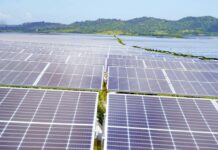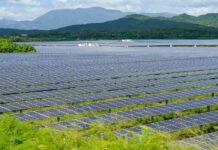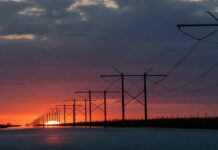The International Energy Agency’s (IEA) latest report ‘Renewables 2020′ forecasts the impact of COVID-19 on the renewable sector.
According to the report, the renewables used for generating electricity will grow by 7% in 2020, which is in sharp contrast to other fuels. While the global energy demand is set to decline by 5%, increasing access to the grid and the continuous installation of new projects point to strong renewable electricity growth.
The report said that India would be the largest contributor to the renewable upswing in 2021, and the country’s annual additions are expected to double in 2021 compared to 2020. Many auctioned projects are expected to become operational in 2021, which will lead to growth next year.
The ongoing COVID-19 pandemic has affected the renewable sector significantly but driven by new capacity additions, the renewable power sector has defied the pandemic and continued to grow. The solar industry remains stable as utility projects’ expansion compensated for the decline in rooftop installations.
From February, nearly 100 countries – mainly in Europe, Asia, and North America – implemented lockdown measures to contain the pandemic. These safety regulations and mobility restrictions also disrupted supply chains and delayed renewable projects’ construction.
According to the latest report, renewable capacity additions are on track for an increase of nearly 10% in 2021 globally. The United States, India, and some European countries have permitted developers to complete the projects several months after the auction deadlines that fell at the end of 2020.
In the United States, renewable capacity additions almost doubled in the first half of 2020 compared to last year, mainly driven by wind developers’ rush to commission projects to meet federal tax incentive deadlines.
































